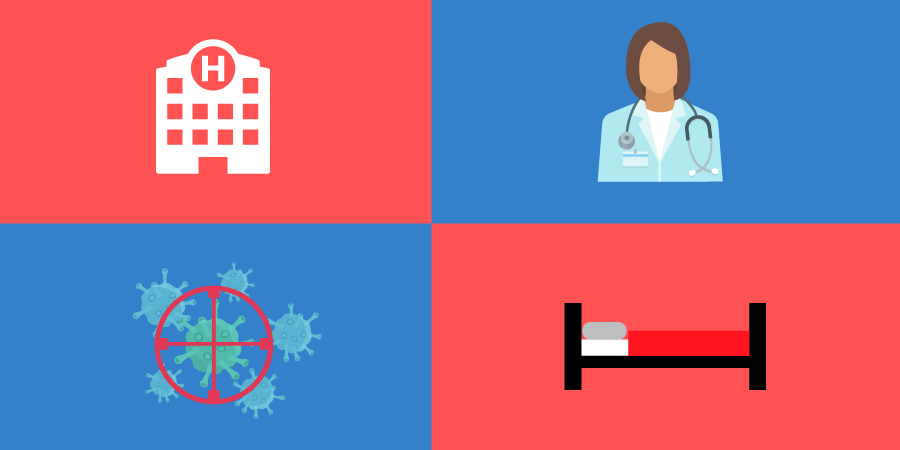Cancer Care Delivery: Moving at the Pace of Innovation
Mara Bloom, JD, MS, the executive director of Mass General Cancer Center, discusses the future of cancer care delivery, grappling with cost, and access to clinical trials.
Mara Bloom, JD, MS, the executive director of Mass General Cancer Center, discusses the future of cancer care delivery, grappling with cost, and access to clinical trials.

The delivery of cancer care is complex and extraordinarily costly. The pace of change in oncology is rapid and hard to predict. Innovative diagnostics and cancer therapies demand major investments — not just in funds but also in talent, staff, and infrastructure. Yet such investments have spun off many transformative treatments now being tested in clinical trials or forming the bedrock of a new standard of care that is lengthening the lives of cancer patients worldwide.
Mara Bloom, JD, MS, is the executive director of Mass General Cancer Center. She answers three questions about changes in cancer care delivery, ways that patients, providers, and payers grapple with costs and access to clinical trials.
Cancer care delivery is changing every day. We’ve seen a lot of innovation in a very short time period. Targeted therapy really exploded between 2009 and 2015, whereas chemotherapy took over 30 years. Now, many patients are getting immunotherapies for different types of cancer. And in the last two years, one form of immunotherapy, CAR-T cells, has moved out of research into standard of care for adult diffuse large B-cell lymphoma and pediatric acute lymphoblastic leukemia.
Sometimes, care delivery gets easier: when we developed targeted therapies, patients received a pill rather than a lengthy infusion, often with fewer side effects than chemotherapy. With CAR-T cells, care delivery is more intense. Patients generally stay in the inpatient setting for 15 to 20 days because there are a lot of side effects. But when they leave, they generally do really well, and it’s a one-time treatment. That’s how innovation works: new is very hard in the beginning, then we refine toxicity and efficacy, then it becomes standard.
While a lot of cancer care will continue to happen in the same way as today, we’re going to need different types of cancer treatment facilities. Hopefully, some CAR-T cell therapies will become outpatient. Already, one can be given in an outpatient setting for some patients. With technology and telemedicine, I think some oncology patients will be able to be cared for at home rather than in the hospital: the hospital at home movement. And when patients receive cancer therapies for many, many years, maybe they can be managed remotely rather than returning to the hospital so often.
There are a lot of financial barriers for patients. If you are on an immunotherapy for years and each dose or regimen costs about $100,000, that’s a huge expense. Even when patients have health insurance, the devil’s in the details. If you have what’s called a narrow network, you pay a low price for insurance but have a high deductible or high copays. That’s very challenging and can lead to financial toxicity and sometimes bankruptcy. Also, patients who travel to MGH Cancer Center may need housing or child care. They may be without income due to disruptions in work.
We’re able to apply to drug manufacturers for assistance with copays or drug replacement. A number are generous and work collaboratively with us. There are also many foundations patients can go to. Some patients get very creative with social media – like Facebook or Kickstarter campaigns – to pay for their cancer treatment. So, the burden is not just on the patient, it’s also on the hospital and a lot of organizations who help us support patients. It’s a team effort. But the cost of drugs, the whole care delivery system, and the care paradigm are really a big challenge.
Clinical trials can be provided in a community setting, but you need an IRB, a clinical research nurse, a finance team, and associates to manage that body of work. It’s very hard for some hospitals to support that research infrastructure. Mass General Cancer Center provides clinical trials in many of our community satellites and affiliated hospitals throughout New England. While I would love to say I think this could be expanded widely, I think we’re finding quite the opposite due to trial complexity and the infrastructure required. The clinical trials people want — the trials that are the best shot at the best outcome — are happening in larger centers that can handle phase I and phase II clinical trials. You can’t do that in a center that doesn’t have a lot of support. Advances in technology – digital technology, remote monitoring, and artificial intelligence – could change this in the future by transforming the way we conduct clinical trials.
Continue the conversation by connecting with us @HMS_ExecEd or with Mara Bloom at mgbloom@partners.org or on Linkedin. Join Mara Bloom at our Spring 2019 program Inside the Healthcare Ecosystem: Strategic Insights for Business Leaders.
-Francesca Coltrera
Access the latest insights into the business and practice of health care, brought to you by Harvard Medical School.
From digital health to trends in patient care, our open enrollment programs are designed for leaders whose work impacts health care.
© 2025 by the President and Fellows of Harvard College